What’s the Role of the Land Carbon Sink in Achieving US Climate Goals?
Union of Concerned Scientists
APRIL 10, 2024
The longevity of naturally occurring carbon sinks, like those in Earth’s forests, is a key part of all modeled and projected pathways to net-zero. Without the considerable carbon absorption capacity of our lands (and oceans), we’d currently have much more CO 2 in the atmosphere and an accelerated timeline of warming.



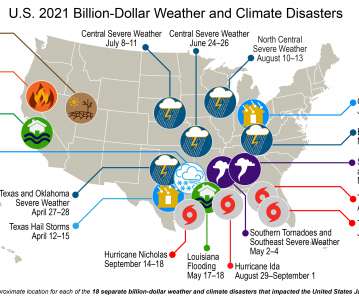




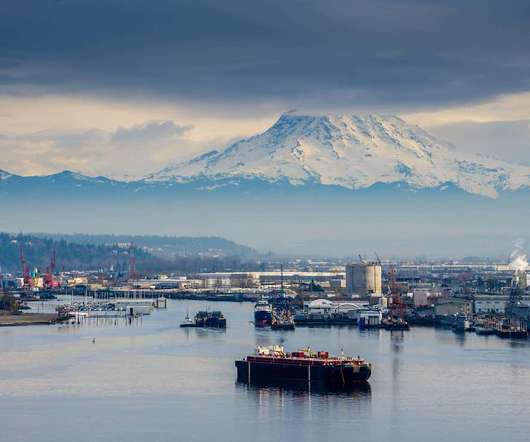
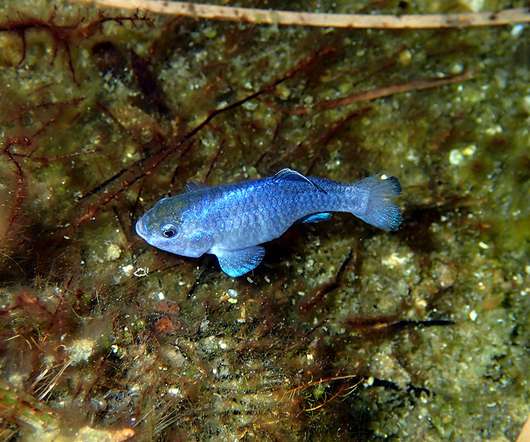

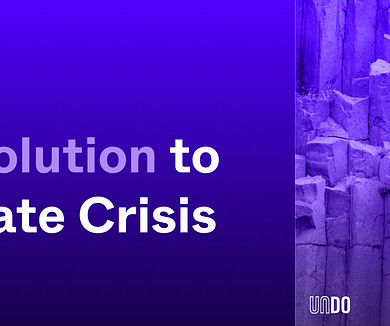










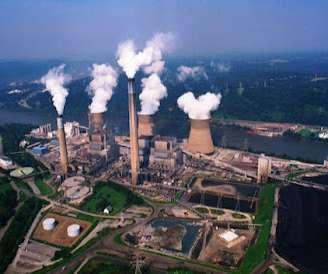











Let's personalize your content